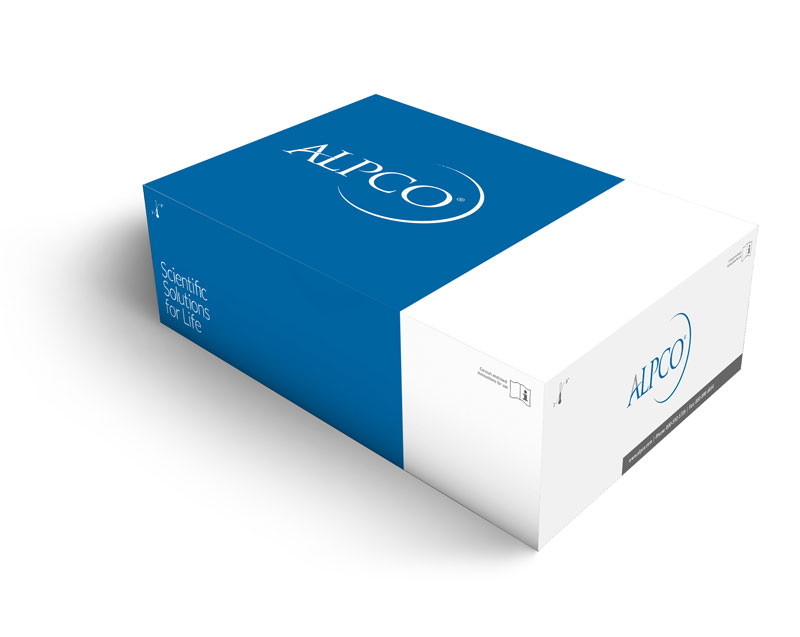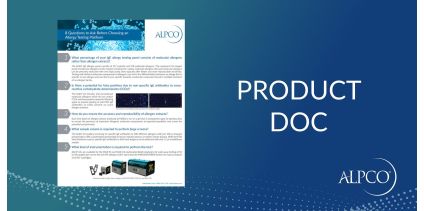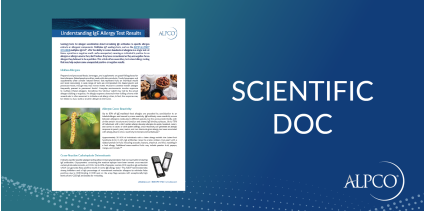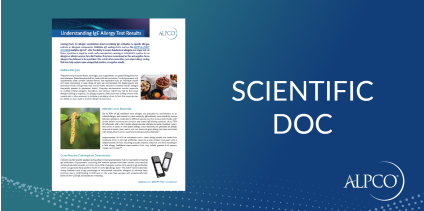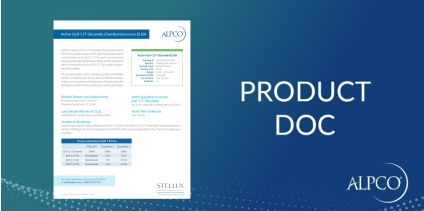The ALPCO Glucagon ELISA is for the quantitative determination of glucagon in human EDTA plasma. This assay was developed for ease-of-use and demonstrates superior sensitivity while eliminating cross-reactivity issues present in other commercially-available assays.
Glucagon ELISA
The Glucagon ELISA is a quantitative Enzyme-Linked Immunosorbent Assay for the determination of Glucagon in human EDTA plasma samples. The Glucagon ELISA shows non-detectable cross-reactivity for 21 cross-reactants (including Oxyntomodulin and Glicentin).
Results shall be combined with other clinical and laboratory data to aid physicians in diagnosing carbohydrate metabolism disorders related to glucagon levels, including diabetes mellitus, hyperglycemia and hypoglycemia.
This kit is intended for professional use only and is for laboratory use only. For in vitro diagnostic use in the United States only. For Research Use Only outside of the United States.
Glucagon is a 29-amino acid peptide that is produced from the cleavage of proglucagon (160 amino acids) by proprotein convertase 2 in pancreatic alpha cells. In intestinal L‐cells, proglucagon is cleaved into glicentin, a 69 amino acid peptide. Glicentin can further be processed into a 37 amino acid peptide oxyntomodulin. These peptides are released simultaneously upon stimulation [2-5].
Glucagon is involved in carbohydrate, fat, and protein metabolism and is the main catabolic hormone of the body. Glucagon raises the concentration of glucose and fatty acids in the bloodstream and plays an important role in maintaining glucose homeostasis by promoting gluconeogenesis and glycogenolysis. Glucagon has traditionally been considered an antagonist to insulin, with insulin reducing blood glucose levels and glucagon increasing them. As the level of blood glucose decreases, the pancreas releases more glucagon. As blood glucose increases, the pancreas releases less glucagon. Once blood glucose levels have normalized, glucagon secretion ceases [1, 2, 6, 7].
Glucagon also decreases fatty acid synthesis in adipose tissue and the liver and promotes lipolysis in these tissues, which causes them to release fatty acids into circulation where they can be catabolized to generate energy in tissues such as skeletal muscle when required [8]. Glucagon also regulates the rate of glucose production through lipolysis.
Glucagon induces lipolysis in humans under conditions of insulin suppression [9]. Glucagon is secreted from the alpha cells of the pancreatic islets of Langerhans. Recent research has demonstrated that glucagon production may also occur outside the pancreas, with the gut being the most likely site of extrapancreatic glucagon synthesis [10]. Glucagon in diabetics has been found elevated absolutely or relatively to insulin, and it has been proposed that glucagon contributes to the development of hyper- and hypoglycemia [11-15]. Researchers have found that patients with diabetes are more likely to develop pancreatitis [16-20].
See Product IFU for references.

